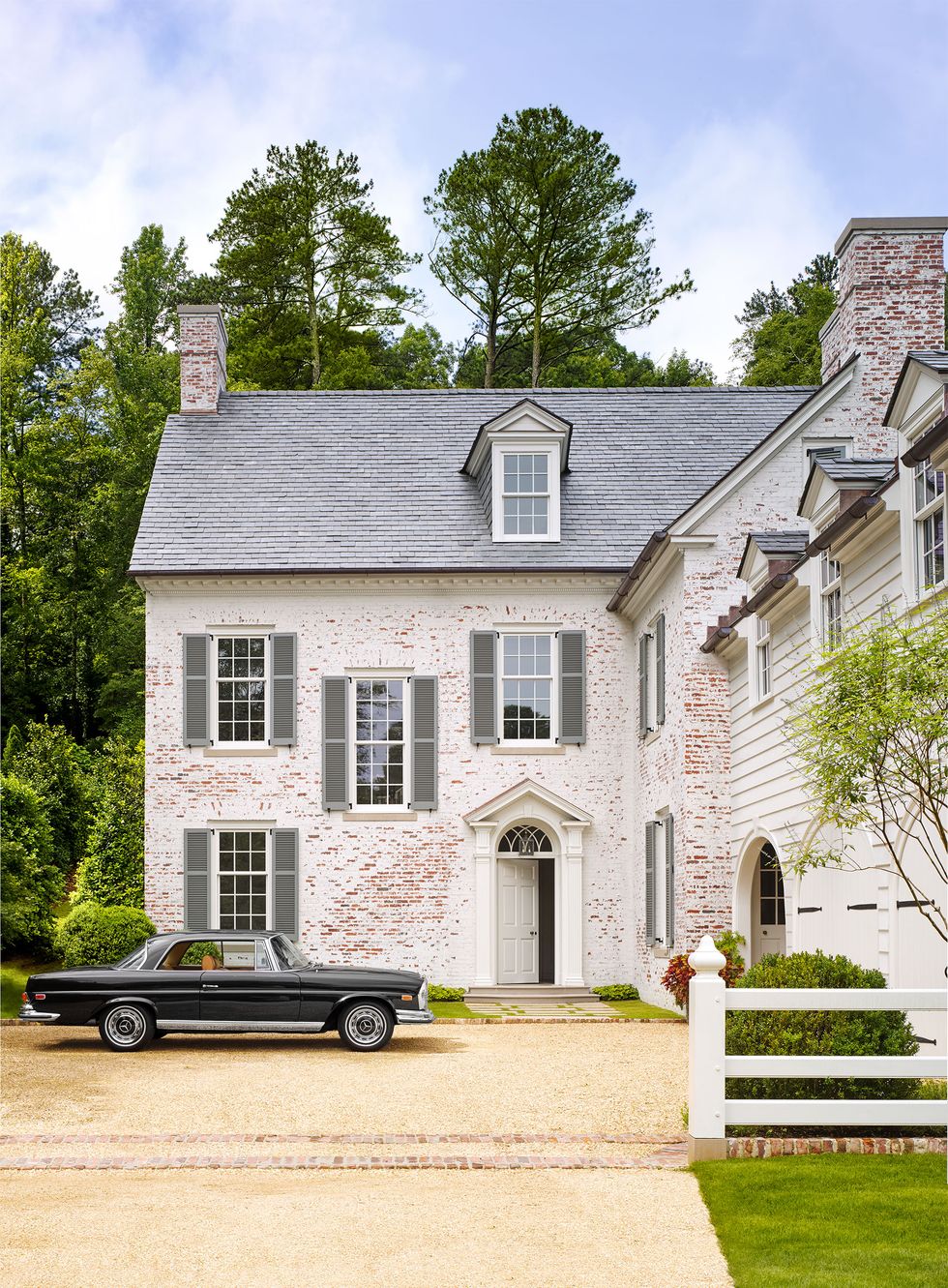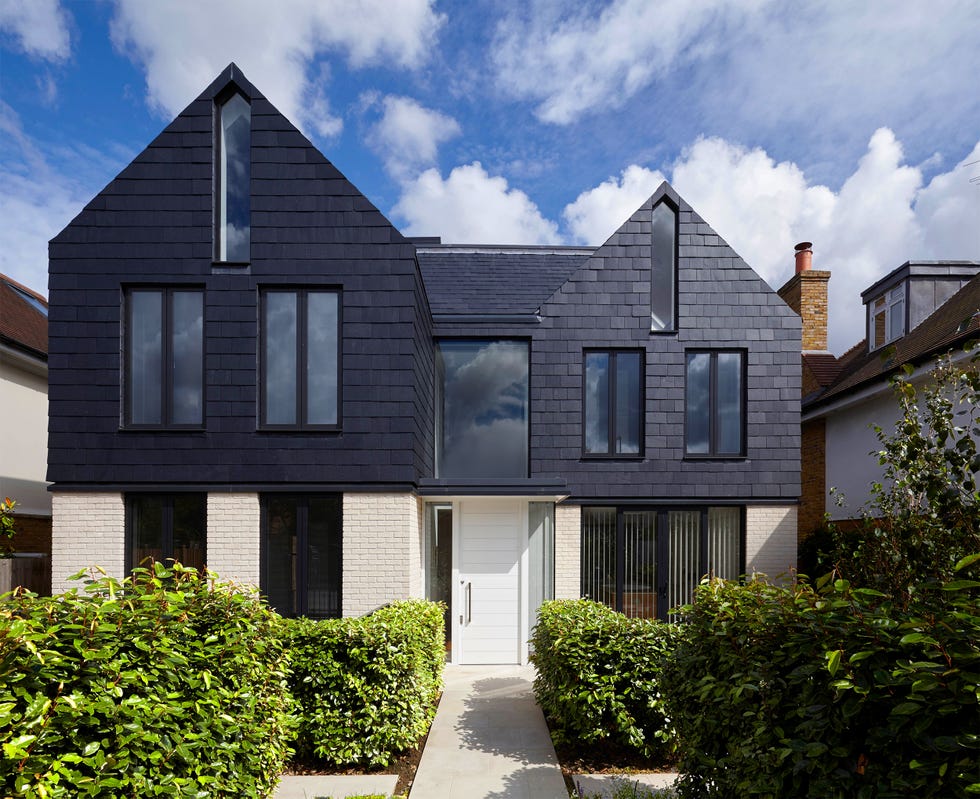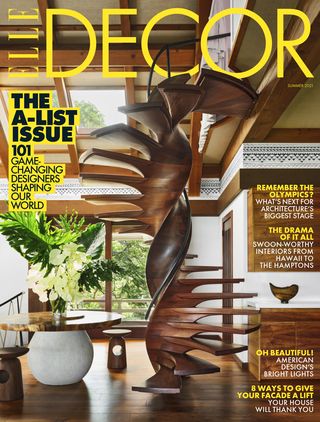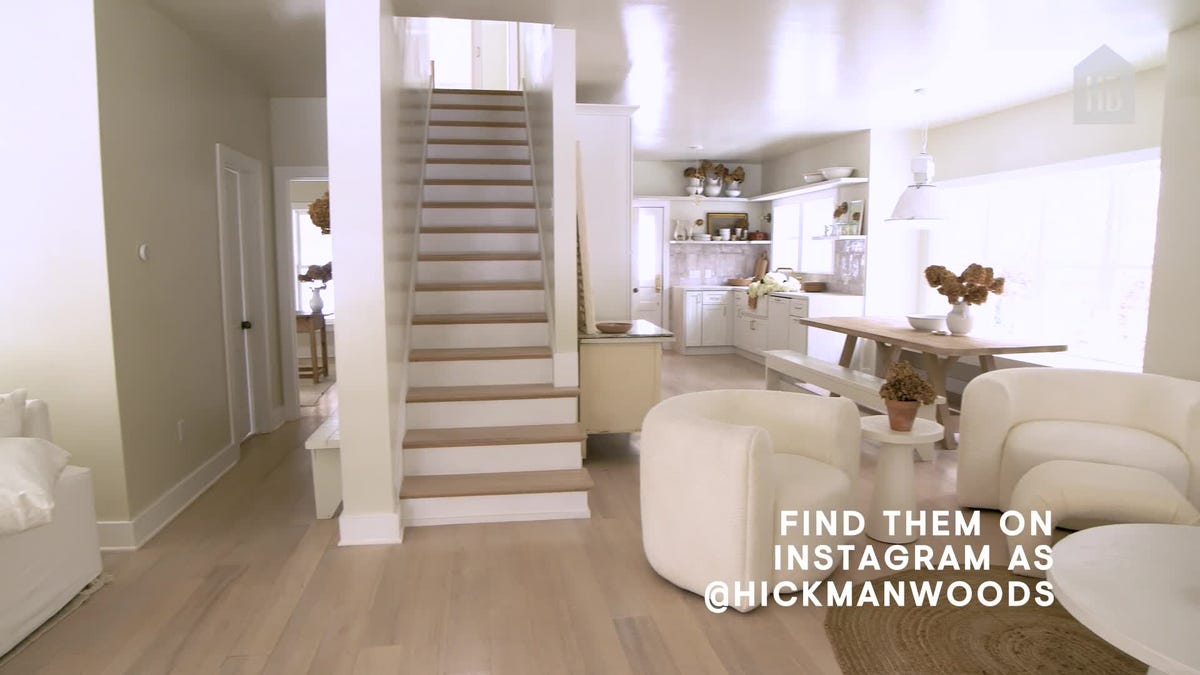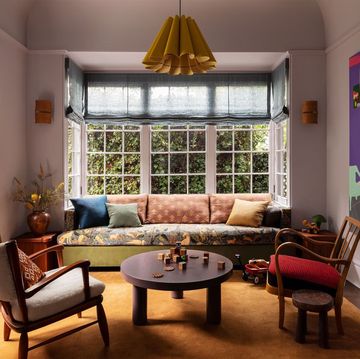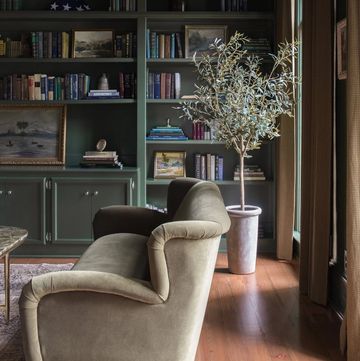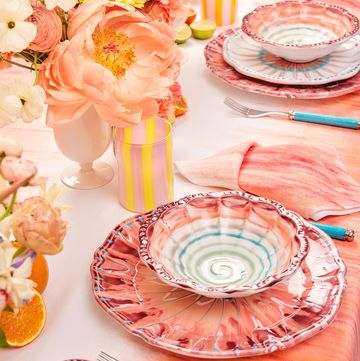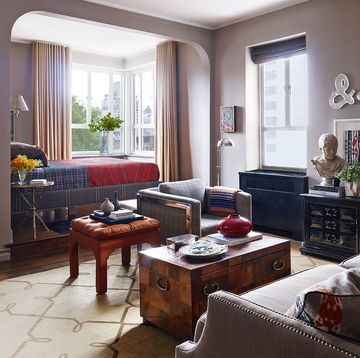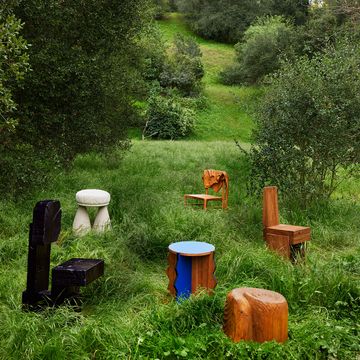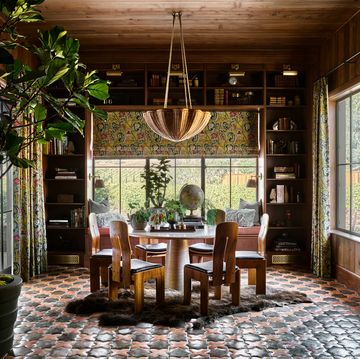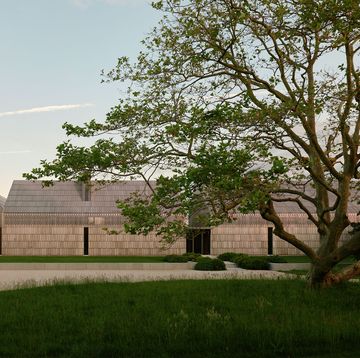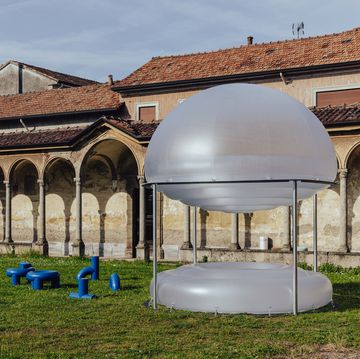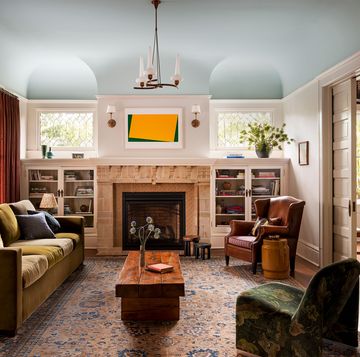When they say you never get a second chance to make a great first impression, they could also be talking about your home’s street-facing facade. Is your place immaculately dressed and smiling—or is it schlubby and unwashed? The goal is to go for the former, but not for the reasons you might think. “There are two primary emotive things that happen when you come across the kind of residence you appreciate,” says Atlanta-based architect Bobby McAlpine. “One is, Gosh, I would love to own that. That’s more ego-driven. The one I love the most is when I think, It must be wonderful in there.”
What home-TV zealots dub “curb appeal”—or lack thereof—is currently a buzzing topic for architects and designers alike, especially as we unmask our domiciles for visitors in the waning fog of the pandemic. “The term is often applied directly to transactional real estate–type stuff, but so much of what goes into a house is inward-facing,” says Dan Spiegel, cofounder of San Francisco architecture firm Spiegel Aihara Workshop. “This is the one outward gesture of the entire house from the family who lives there back to the community.” In short: Glamming it up a bit is a gift to the world.
It’s no surprise, then, that the industry has moved far beyond the standard picket fence and window boxes. Spiegel and cofounder Megumi Aihara recently created a hopscotching walkway of sandblasted concrete and poured-in-place pavers for a Menlo Park, California, front door. Around them, exultant plants such as dwarf mat rush and dwarf fountain grass make for “a layered landscape to break up the suburban monotony,” Spiegel says.
Nods to history are key for a timeless, welcoming effect. “Light and shadow are an architect’s most important tools when it comes to thinking about exteriors,” says Washington, D.C., architect Nicholas Potts, who found a muse in the Lindens, a 1754 Colonial home in the district’s Kalorama Heights neighborhood that’s made all the more alluring in monochrome. His plan for a rowhouse in Northwest D.C.? Painting the walls, doors, and trim entirely in Farrow & Ball’s Sulking Room Pink. “I’m not a historicist, but I always think about history and how we can learn from it to create things that feel more crafted with some of that lineage.”
Appropriate plantings are similarly vital. Aihara eschews the front lawn: “It’s not necessarily low-maintenance and definitely not sustainable, so we like to suggest using more drought-tolerant and native plantings that are good to bees, insects, and birds,” she says. Go for grasses that change colors throughout the year, and you’ll experience a seasonal choreography, Spiegel adds. They supply moments of art that just don’t occur with traditional turf. “If there’s a breeze, it looks almost like the ocean—you see the top of it undulate a little bit,” he says.
Above all, your exterior look must be of its place, says Atlanta designer Suzanne Kasler. “The facade needs to relate to where we are,” she says, whether that means cladding a Blackberry Farm, Tennessee, residence in stones indigenous to the region or painting the trim on a Lowcountry beach house cerulean blue to mimic the sea. You’ll need to tune in to the subtle aura of your locale, she notes.
McAlpine designed his own Atlanta home in a style he calls Romantic Modernism, with a painted-brick and steel-clad surface, a front door not visible from the street, and a proscenium arch–scale window. A luxuriant garden includes a weeping hornbeam and graceful hemlock trees, plus Scissorhandsian boxwood hedges. “When you pass by, you really want to go in there because it promises a certain vulnerability,” McAlpine says. “It gives itself over just like a person would.” And what is the most important physical trait of someone? “It’s going to be the light in their eyes.”
This story originally appeared in the Summer 2021 issue of ELLE Decor. SUBSCRIBE

